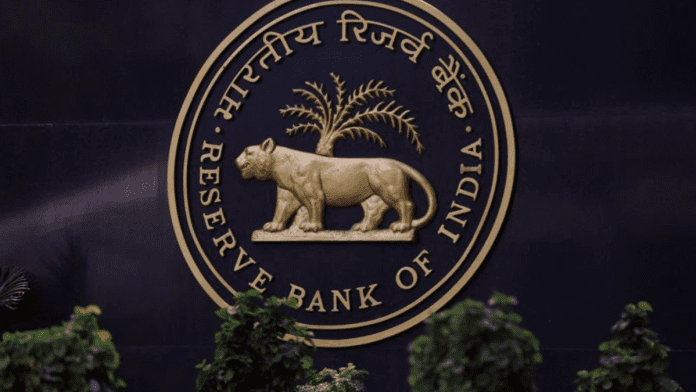🕒 Last updated on July 19, 2025
The Reserve Bank of India (RBI) is preparing to release new rules that will require banks and other financial institutions to disclose how climate change may affect their businesses. According to reports, the central bank has nearly finalized these guidelines, which have been in development since 2022.
RBI to Push Banks Towards Climate Transparency
These new rules will help India’s financial system deal with risks caused by extreme weather like floods, heatwaves, and cyclones. Banks will be asked to report how much exposure they have to climate threats in their loan portfolios. They will also need to explain how they plan to manage and reduce those risks.
The rules are expected to start off as voluntary in the financial year 2027 and become mandatory by 2028. India’s fiscal year begins in April and ends in March. Once in place, these disclosures will become a regular part of how banks report their financial health.
This step by the RBI comes at a time when some major global banks are stepping back from their climate goals. Unlike them, India’s central bank is continuing to take strong action to include climate-related information in the financial system. This move is seen as a bold signal in support of India’s long-term net-zero emissions goal by 2070.
What Will Banks Need to Do?
Under the upcoming rules, banks and financial institutions will be asked to make detailed disclosures about climate-related risks. These include both physical risks—like the direct damage caused by natural disasters—and transition risks. Transition risks arise when economies shift to greener practices, including changes in consumer preferences, government policies, and new technologies.
Banks will need to assess and share information about how these risks might impact the people and companies they lend money to. They will also be required to calculate the carbon emissions linked to their borrowers. These emissions must be grouped by sectors and asset classes in their disclosures.
🌍 Climate collapse ahead? Norway’s $1.6 trillion fund warns of 19% U.S. portfolio loss
Importantly, the RBI is also working on a 52-page guidance note that will help banks measure the impact of climate events and policy changes on loan repayments. This note provides a step-by-step process on how to run “stress tests”—a type of simulation that shows what might happen if a borrower is affected by a severe climate event.
Although the new rules will not affect interest rates or loan pricing immediately, they are expected to change how risks are calculated in the future. Some banks say they currently don’t have detailed data to make such changes, but they understand this will become more important over time.
In preparation, many large banks have already begun collecting data and setting internal climate targets. To get ready for the impending disclosure requirements, some have also enlisted the services of climate specialists. Public documents show that tenders have been issued to bring in consultants who specialize in climate risk.
India Marches Ahead on Green Finance
The RBI’s push to introduce climate-related reporting comes just as India begins stepping up efforts to grow its green economy. A draft policy was recently released to encourage more investment into eco-friendly industries. This aligns with the country’s larger goals to cut emissions and transition to cleaner energy sources.
🧱 Finland builds world’s largest sand battery — and it’s heating homes without oil or pollution
India is the third-largest greenhouse gas emitter in the world, behind only China and the United States. By bringing climate risks into banking rules, the RBI is ensuring that financial institutions also play a role in addressing this challenge.
While many banks around the world have been reconsidering or reducing their climate commitments, India’s central bank is showing a different path—one that ties financial stability to environmental responsibility. The move has not been formally announced by the RBI yet, but insiders suggest the final version of the rules could be released in a matter of months.
The RBI had earlier shared a draft version of the climate disclosure rules in February 2024 for public feedback. Based on recent meetings, sources say that most of the details are now finalized, and a formal announcement is expected soon.
With these upcoming rules, India’s financial sector is set to become more transparent about how it is dealing with climate change—both in terms of risks and responsibilities. The process may be gradual, but it marks a major shift in how Indian banks will operate in the coming years.

